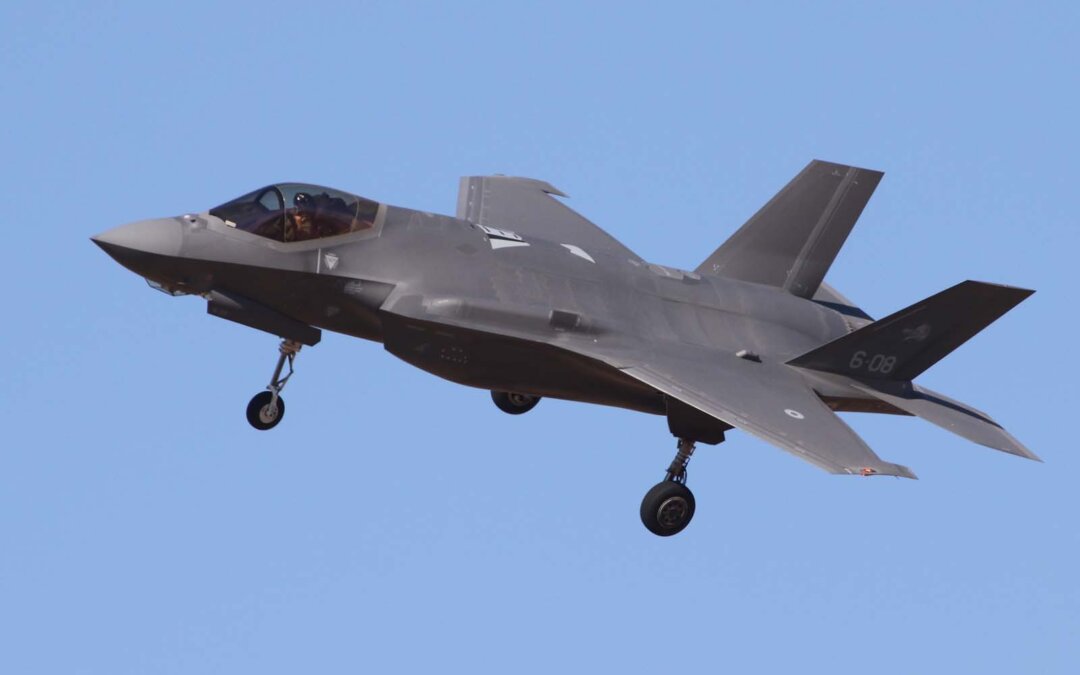
Author & photographer: Ian French
The Colombian Police can trace their origins back to 1891 when it was established as a direct report to the Governor of Cundinamarca and the Mayor of Bogota. In 1915, government statute defined the mission of the police to preserve public tranquillity. The organisation was divided into three groups:
- Surveillance and security
- Civil guard of gendarmerie (principally mail and prisons)
- Judicial police
In addition, the police now reported to the General Command of the Armed Forces (today the Ministry of Defence).
In 1995, a Plan for Cultural Transformation and Institutional Improvement was introduced in Colombia and this resulted in a step change improvement in the competence and efficiency of the police. The mission today is stated as maintaining the conditions necessary for the exercise of public rights and freedoms and to ensure that the inhabitants of Colombia live in peace.
Today the Colombian Police operates the largest police air fleet in South America. The police’s aviation force, Aérea de Aviación (ARAVI), headquartered at Bogotá ‘s El Dorado, operates under the command of the Direcciòn Anti-Narcòticos (DIRAN) (Counter-narcotics Directorate). In addition to counter-narcotics missions, the police use U.S. government-supported assets for humanitarian missions, targeted intelligence gathering, anti-terrorism, anti-kidnapping, high value target, and public order missions.
The fleet has been acquired both through direct procurement and also seizure of assets used by drug carriers.
Apart from the Colombian owned aircraft, the US Department of State runs the Aerial Eradication Program (EAP) under the Plan Colombia. Coca and poppy fields are sprayed by Air Tractor AT-802s supported by Cessna 208s. Colombian operated helicopters provide necessary Search and Rescue and gunship support during eradication missions which obviously can be quite dangerous. These missions have been highly successful and have resulted in a massive reduction in crops and have forced the drug producers to move operations into neighbouring countries.
There are five permanent bases operated as follows:
Compania Aérea Bogotá – El Dorado Fixed wing
Compania Aérea Guaymaral UH-1H-II, UH-60
Compania Aérea Tulua B.212, UH-1H-II
Compania Aérea Santa Marta B.212
Escuela de Entrenamiento de Aviacion – Mariquita B.206, C.152/172, UH-1H-II
El Dorado, Guaymaral and Mariquita are the main police aviation bases, the latter also housing the police’s own aviation school. There are many other police aviation forward operating locations but they are not always active.
Special thanks to 4Aviation, Paolo Di Biagio and the Colombian Police for their help in producing this article.
Aviation Press Limited owns the copyrights to this article & associated photographs.
















